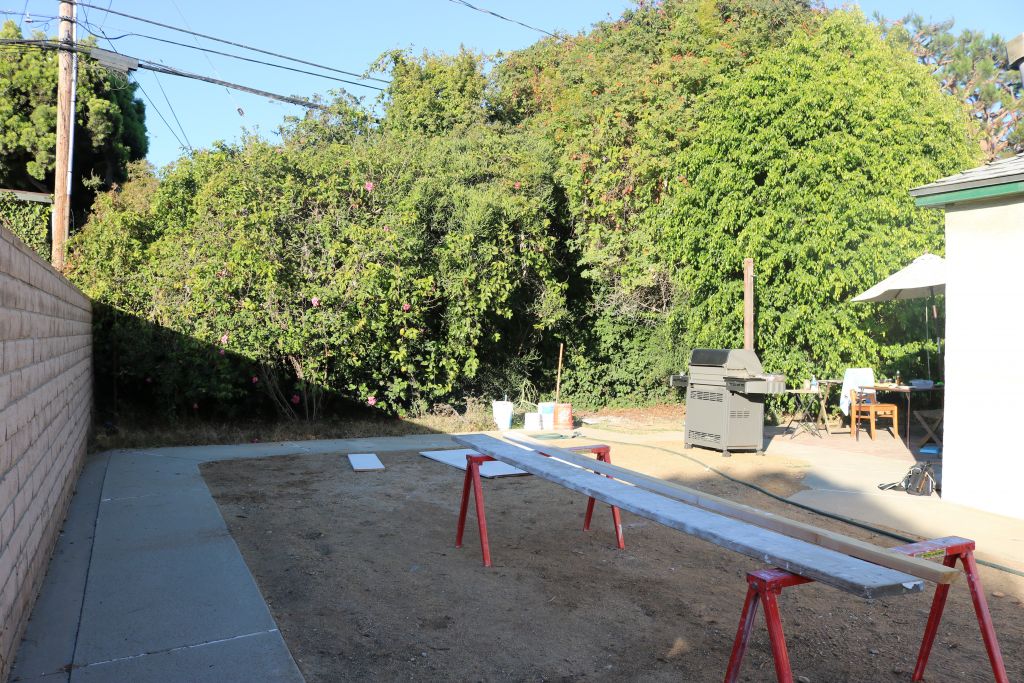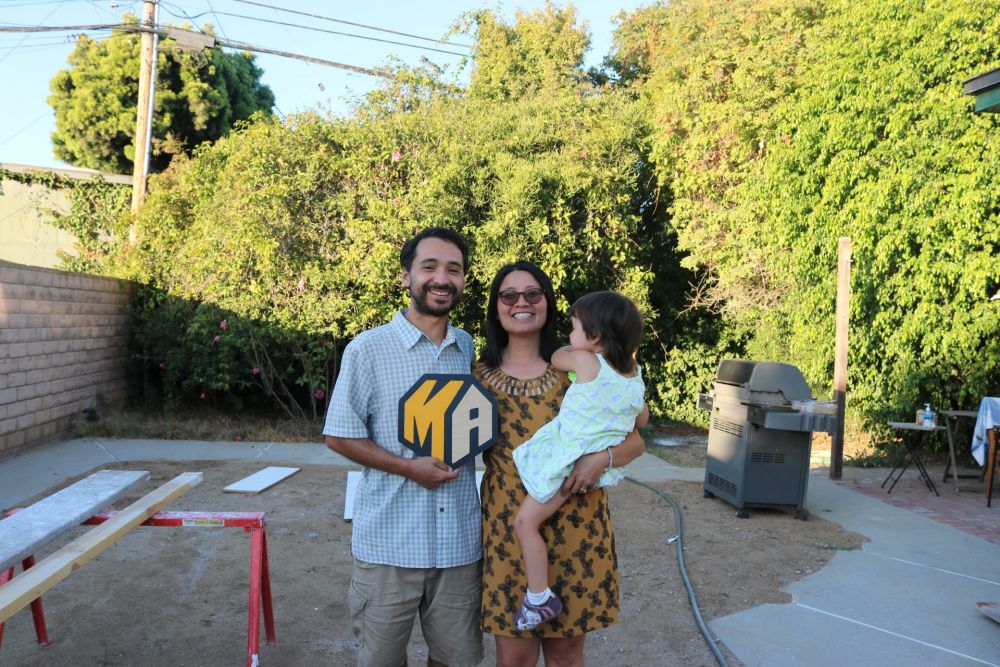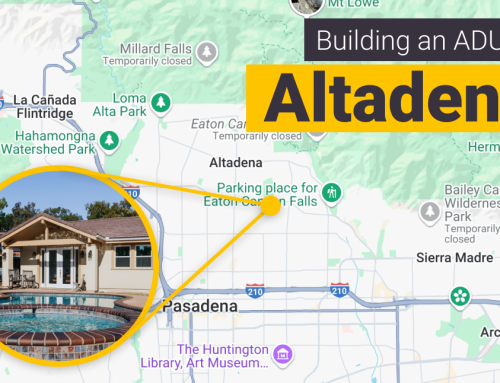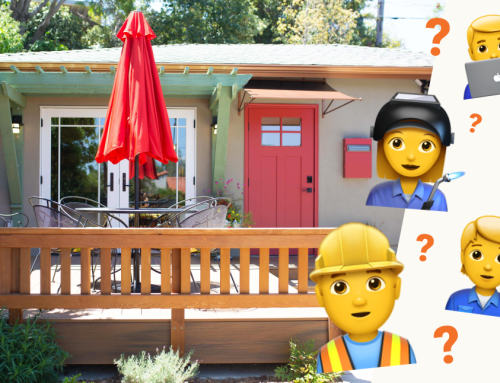Los Angeles homeowner, Boris knew he wanted an accessory dwelling unit in the backyard of his Santa Monica home.
Who better to create it than Lyle Boatman, Los Angeles-based ADU designer?
Over the coming months, we’re going to follow the process step by step, giving you an inside look at exactly what happens when you design and build an accessory dwelling unit.
From the initial site measure of Boris’s property to the moment he receives his Certificate of Occupancy for the completed ADU, we’ll reveal the challenges and problem-solving that are typical of an accessory dwelling unit design and build.
You’ll see the types of issues that commonly arise and how our design team and contracting partners work to give Maxable clients a beautiful ADU that fits their property and budget.
We’re excited about sharing the nuts and bolts with you!
An empty pool where an ADU should be
Boris and his wife Dorothy plan to rent their accessory dwelling unit for income: “We want a two-bedroom ADU to maximize the rent potential, and we want to stay below 750 square feet to avoid Development Impact fees.”
Development Impact fees are one of the hidden costs of building an ADU Boris is aware of through his work at Maxable.
At 6000 square feet, Boris’s lot is average for his Santa Monica neighborhood. But there was one big obstacle to his ADU dreams: the empty pool in the backyard.

Before doing anything else, Boris had to hire a soils engineer to oversee filling in the pool, a process that requires a permit from the city.
The soils engineer had to write a report confirming that the soil was compacted enough to support the weight of an accessory dwelling unit.

Can you cut down trees to build an accessory dwelling unit?
Boris knew to review the Santa Monica ADU Ordinance as well as other building regulations for the city.
A tree and a jungle of vines consume the rear of the lot, as you can see in this google satellite view. Boris wants to clear the area. But is it legal to remove the tree?

“I found that Santa Monica does not have any private tree protection requirements,” reports Boris. “It’s all about public trees. We can’t remove state-mandated protected trees like oaks, but everything else seems fair game. So when building the ADU, we won’t be limited by trees that have to remain where they are. And we don’t have to replace any trees we remove.”

Credit: Madrone Landscapes
Six trees are on the list of California state mandated protected trees, including the West Coast Live Oak pictured here. You can’t remove them even if they are on your private property. Your jurisdiction may list additional protected trees.
Other aspects of Boris’s lot that will affect the accessory dwelling unit:
- Power lines across the rear of the property
- Buried electrical conduit (this is an advantage)
- Drainage from the pool area that was damaged during the fill-in of the pool
- Faulty foundation in part of the original house (violations in the main house may be tagged for repair by inspectors for the ADU construction)
Stay tuned for the site measure!
When the pool was filled and the soils report delivered, designer Lyle Boatman set a date to visit the property for a site measure.
A site measure is where the designer or a surveyor measures every inch of the property and existing structures and reviews the elements that will impact the ADU’s design and construction. This includes things like:
- Lot size and slope
- Existing plumbing and strategy for ADU plumbing
- Water runoff management
- Layout of existing structures (floor plans must be included with ADU plan submittal)
- Trouble-shooting any unpermitted work on existing structures
- Utilities capacity
- Optimal ADU placement on the lot in terms of privacy, access, sunlight, and water runoff
Don’t miss the next installment of “Keeping up with Boris” to see what happens when Lyle conducts the site measure!
Maxable makes ADUs easy!
Maxable is California’s leading ADU marketplace. After writing state laws, educating thousands of homeowners, and completing hundreds of site evaluations and ADU projects, we know accessory dwelling units better than anyone else! Get in touch when you’re ready to find out the next steps for your project.
It all begins with an ADU Planning Phone Call.







